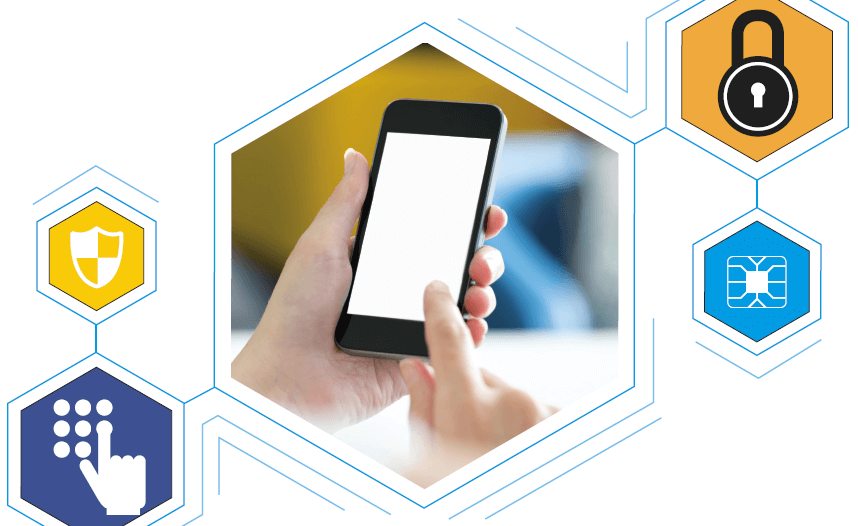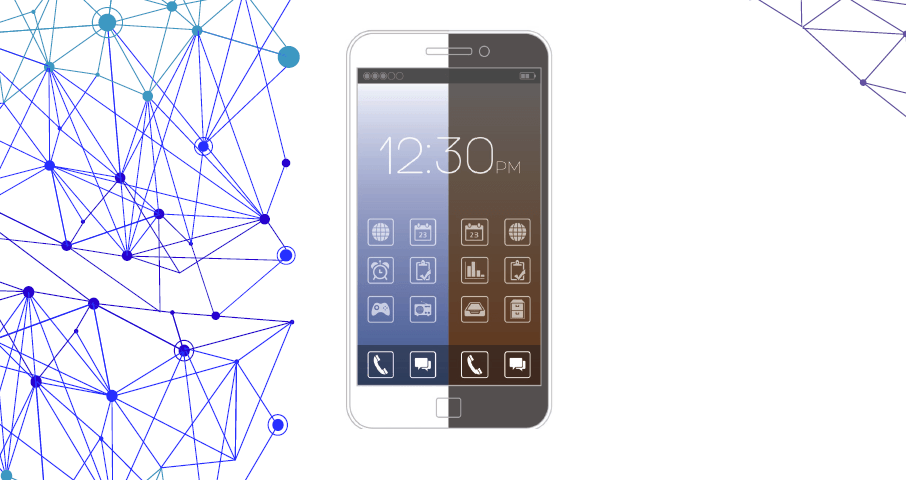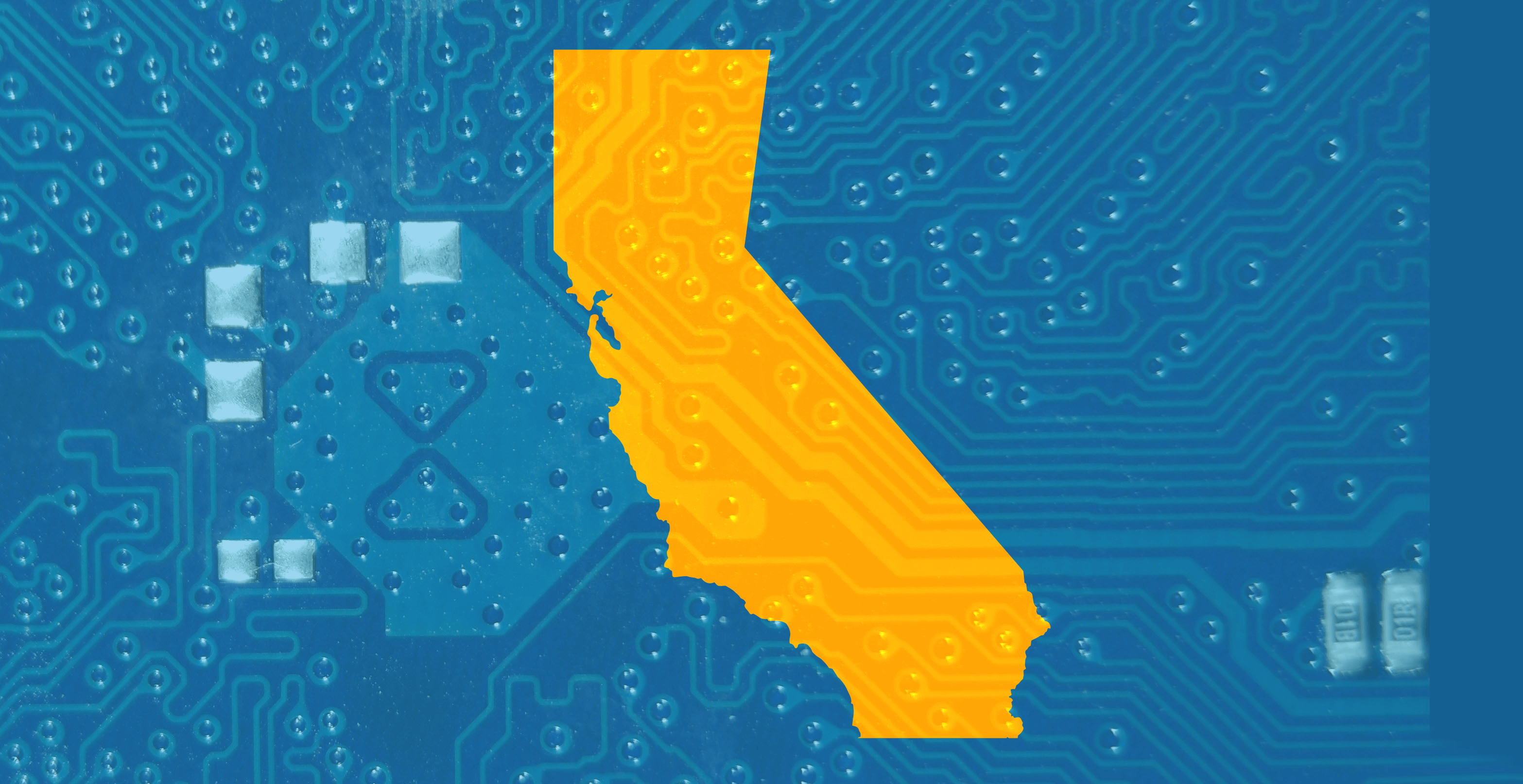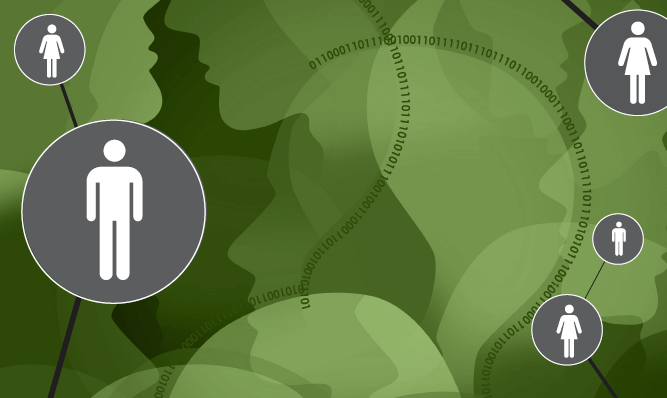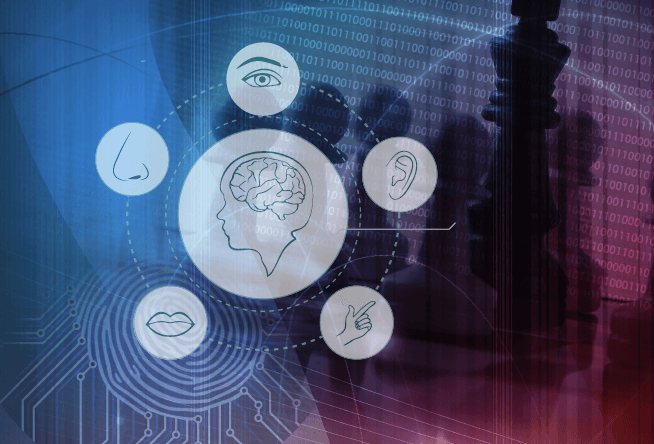Securing Enterprise and Government Workplaces
Moving Past Passwords: PIV Credentials for Mobile Device Users
Author(s):
William (Curt) Barker, Cybersecurity Standards and Technology Advisor, National Cybersecurity Center of Excellence
How many accounts do you have that require a username and password? And how many of those usernames and passwords are the same? Chances are that the answer is quite a few. The drive to create more secure passwords, requiring case-sensitive letters, numbers, symbols, and high minimum character counts, often drives people to reuse passwords … Read more

